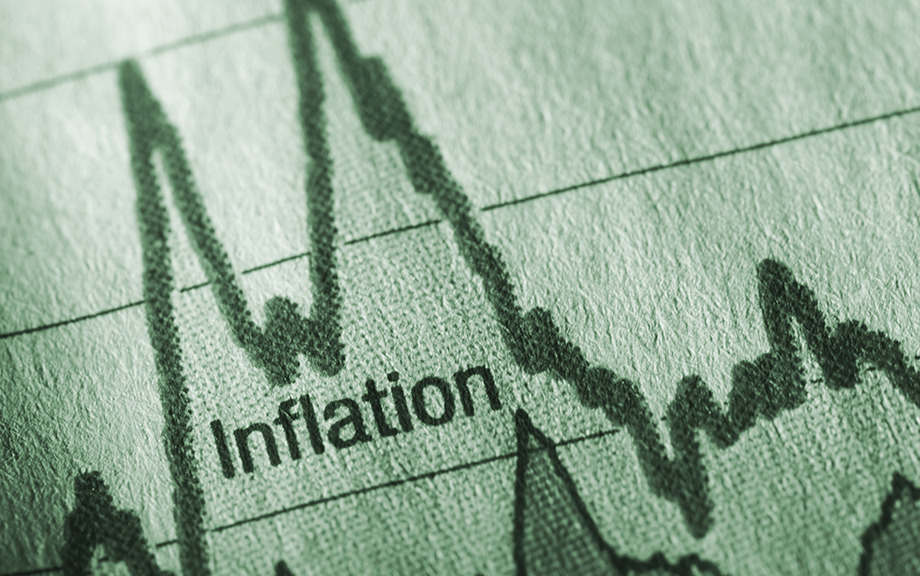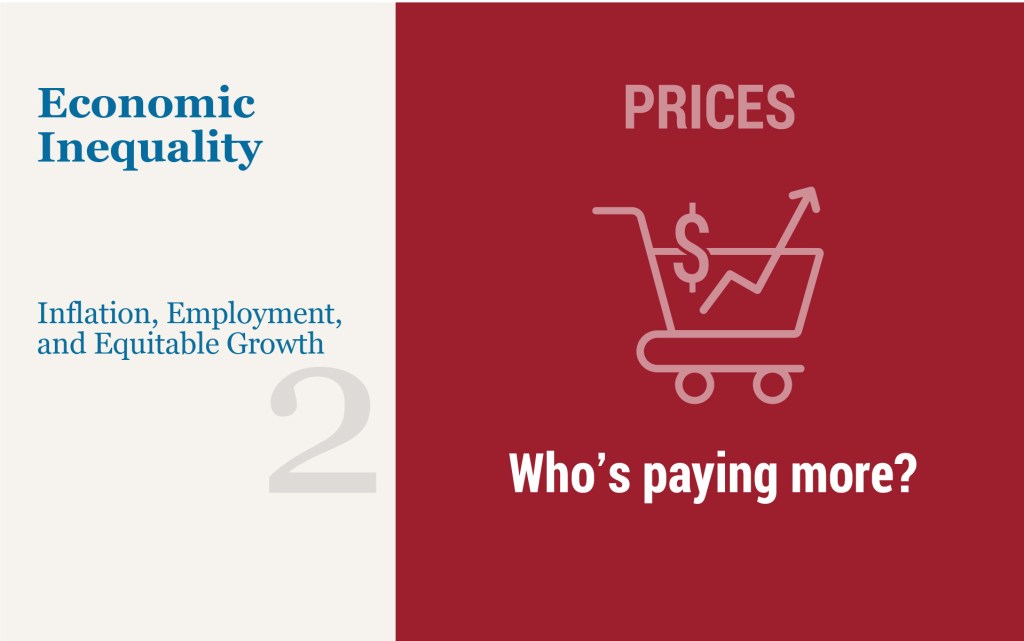The New York Fed DSGE Model Forecast—September 2022

This post presents an update of the economic forecasts generated by the Federal Reserve Bank of New York’s dynamic stochastic general equilibrium (DSGE) model. We describe very briefly our forecast and its change since June 2022.
Pass‑Through of Wages and Import Prices Has Increased in the Post‑COVID Period

Annual CPI inflation reached 9.1 percent in June 2022, the highest reading since November 1981. The broad-based nature of the recent inflation readings has increased concerns that inflation may run above the Federal Reserve’s target for a longer period than anticipated. In this post we use detailed industry-level data to examine two prominent cost-push-based explanations for high inflation: rising import prices and higher labor costs. We find that the pass-through of wages and input prices to the U.S. Producer Price Index has grown during the pandemic. Both the large changes in these costs and a higher pass-through into domestic prices have contributed toward higher inflation.
Pandemic Wage Pressures

The recovery since the onset of the pandemic has been characterized by a tight labor market and rising nominal wage growth. In this post, we look at labor market conditions from a more granular, sectoral point of view focusing on data covering the nine major industries. This breakdown is motivated by the exceptionality of the pandemic episode, the way it has asymmetrically affected sectors of the economy, and by the possibility of exploiting sectoral heterogeneities to understand the drivers of recent labor market dynamics. We document that wage pressures are highest in the sectors with the largest employment shortfall relative to their pre-pandemic trend path, but that other factors explain most of the wage growth differentials. We suggest that one key factor is the extent of physical contact that has had to be compensated for by offering higher wages. One implication of our analysis is that, as COVID-related factors recede, sectoral imbalances could be restored from the supply side as employment recovers back toward the pre-pandemic trend.
Do Corporate Profits Increase When Inflation Increases?

When inflation is high, companies may raise prices to keep up. However, market watchers and journalists have wondered if corporations have taken advantage of high inflation to increase corporate profits. We look at this question through the lens of public companies, finding that in general, increased prices in an industry are often associated with increasing corporate profits. However the current relationship between inflation and profit growth is not unusual in the historical context.
How Could Oil Price and Policy Rate Hikes Affect the Near‑Term Inflation Outlook?

Since the start of the year, oil prices have risen sharply owing to worsening expectations regarding global oil supply. We’ve also had an acceleration of inflation in the United States and the euro area, as well as a sharp steepening of the expected paths of policy rates in both economies. These factors, combined with the potential for a slowdown in growth, have made the inflation outlook quite uncertain. In this post, we combine the demand and supply oil price decomposition from the New York Fed’s Oil Price Dynamics Report with yield curve data to quantify the likely path of inflation in the United States and the euro area over the next twelve months. Based on our analysis, we anticipate that inflation will likely remain elevated through the second quarter of 2023, despite payback for the inflationary impact of current negative oil supply shocks during the second half of 2022 and the disinflationary effects of tighter monetary policy.
Global Supply Chain Pressure Index: May 2022 Update

Supply chain disruptions continue to be a major challenge as the world economy recovers from the COVID-19 pandemic. Furthermore, recent developments related to geopolitics and the pandemic (particularly in China) could put further strains on global supply chains. In a January post, we first presented the Global Supply Chain Pressure Index (GSCPI), a parsimonious global measure designed to capture supply chain disruptions using a range of indicators. We revisited our index in March, and today we are launching the GSCPI as a standalone product, with new readings to be published each month. In this post, we review GSCPI readings through April 2022 and briefly discuss the drivers of recent moves in the index.
Do Businesses in the Region Expect High Inflation to Persist?

As the economy continues to recover from the pandemic, a combination of strong demand, severe supply disruptions, widespread labor shortages, and surging energy prices has contributed to a rapid increase in inflation. Indeed, the inflation rate, as measured by the Consumer Price Index (CPI), has exceeded 8 percent over the past year, the fastest pace of price increase since the early 1980s. If businesses and consumers expect inflation to be high in the future because it is elevated today, they may change their behavior accordingly, which can make inflation even more persistent. In other words, expectations about the path of future inflation can affect how current inflation will actually evolve. In particular, among businesses, expectations about future inflation can shape how they set wages and prices. Our May regional business surveys asked firms what they expected inflation to be one year, three years, and five years from now. Responses indicate that while businesses, like consumers, expect high inflation to continue over the next year, such elevated levels of inflation are not expected to persist over longer time horizons.
First‑Time Buyers Were Undeterred by Rapid Home Price Appreciation in 2021

Tight inventories of homes for sale combined with strong demand pushed up national house prices by an eye-popping 19 percent, year over year, in January 2022. This surge in house prices created concerns that first-time buyers would increasingly be priced out of owning a home. However, using our Consumer Credit Panel, which is based on anonymized Equifax credit report data, we find that the share of purchase mortgages going to first-time buyers actually increased slightly from 2020 to 2021.
Inflation Persistence: How Much Is There and Where Is It Coming From?

The surge in inflation since early 2021 has sparked intense debate. Would it be short-lived or prove to be persistent? Would it be concentrated within a few sectors or become broader? The answers to these questions are not so clear-cut. In our view, one should ask how much of the inflation is persistent and how much of it is broad-based. In this post, we address this question through a quantitative lens. We find that the large ups and downs in inflation over the course of 2020 were largely the result of transitory shocks, often sector-specific. In contrast, sometime in the fall of 2021, inflation dynamics became dominated by the trend component, which is persistent and largely common across sectors.















 RSS Feed
RSS Feed Follow Liberty Street Economics
Follow Liberty Street Economics